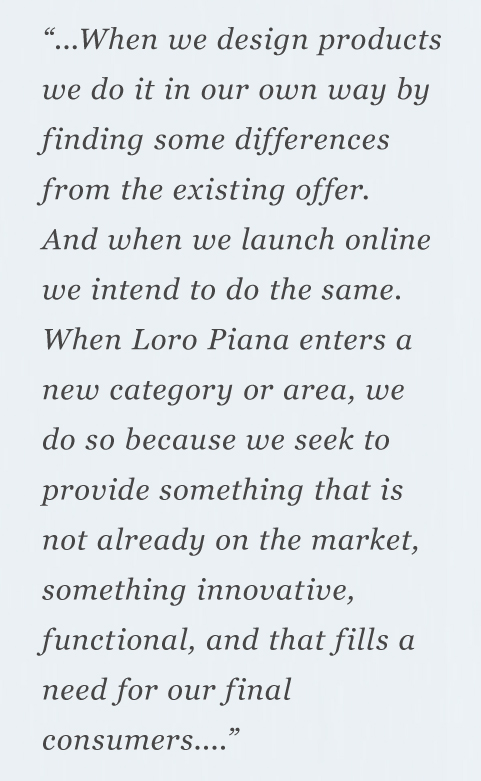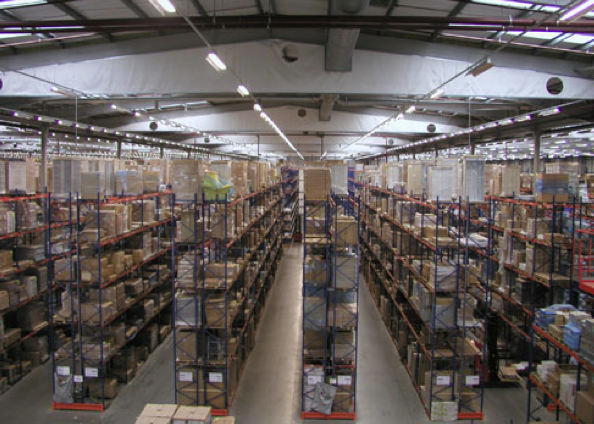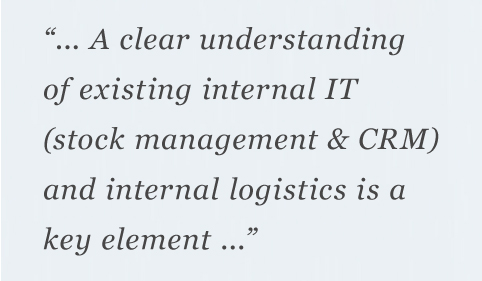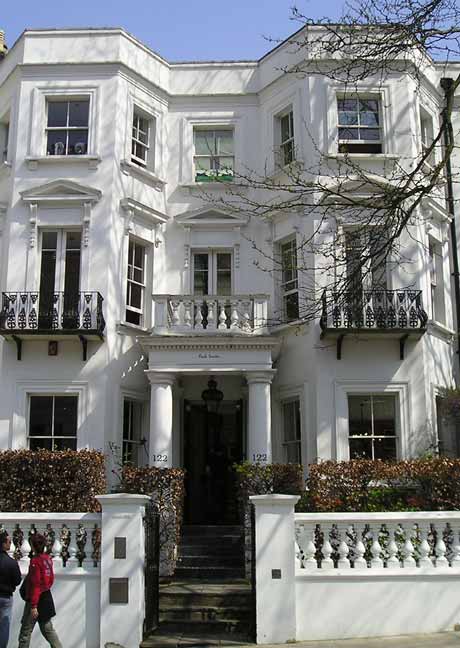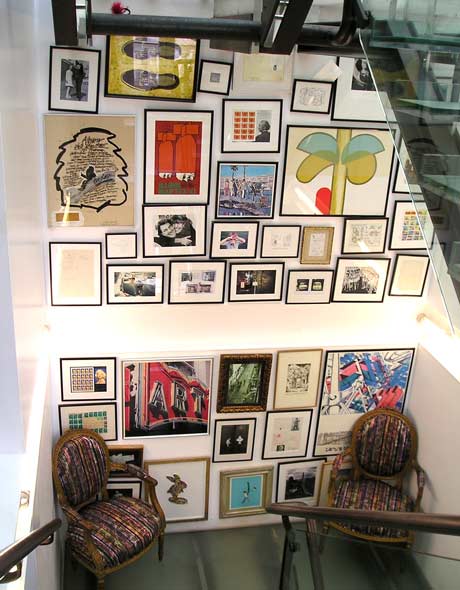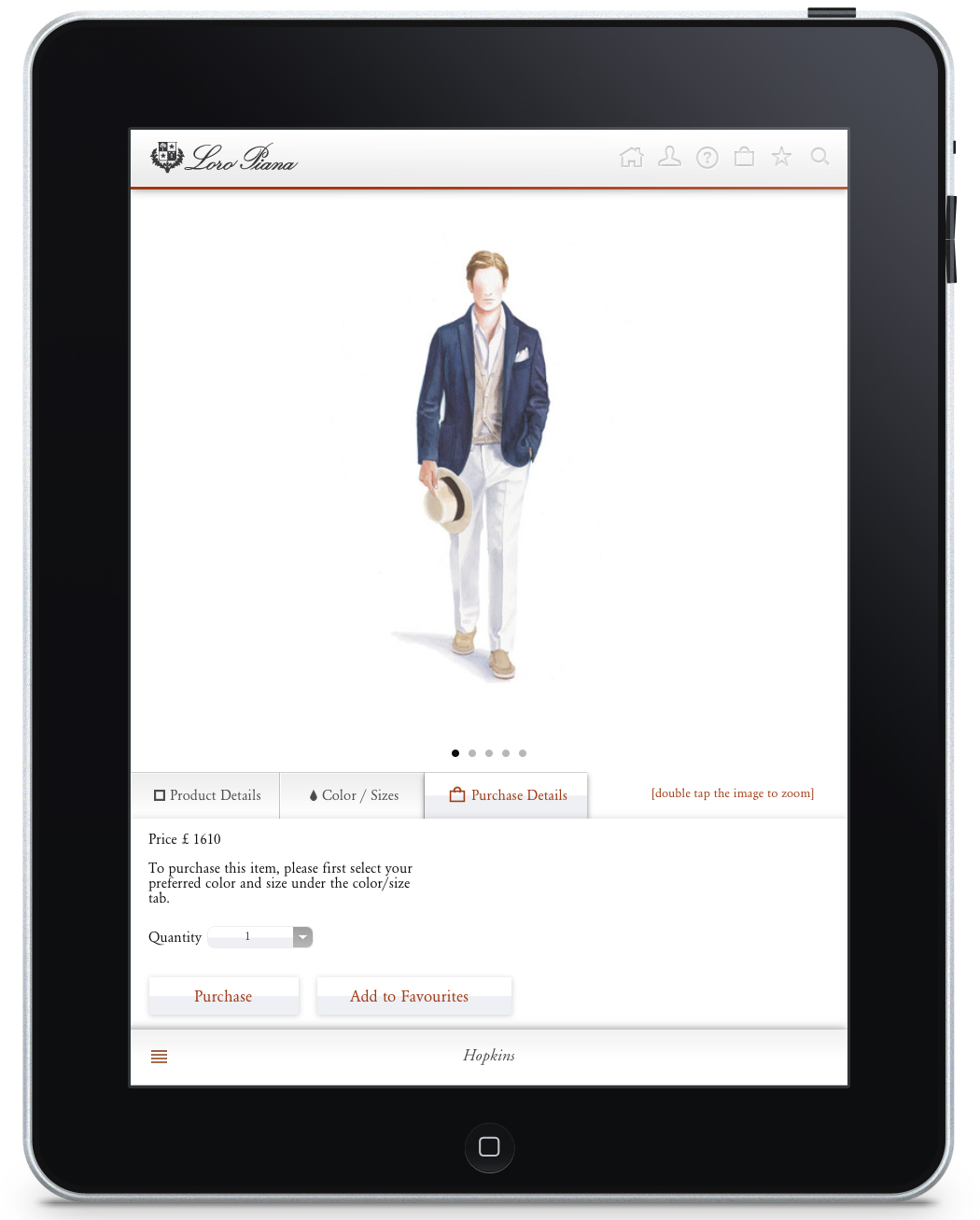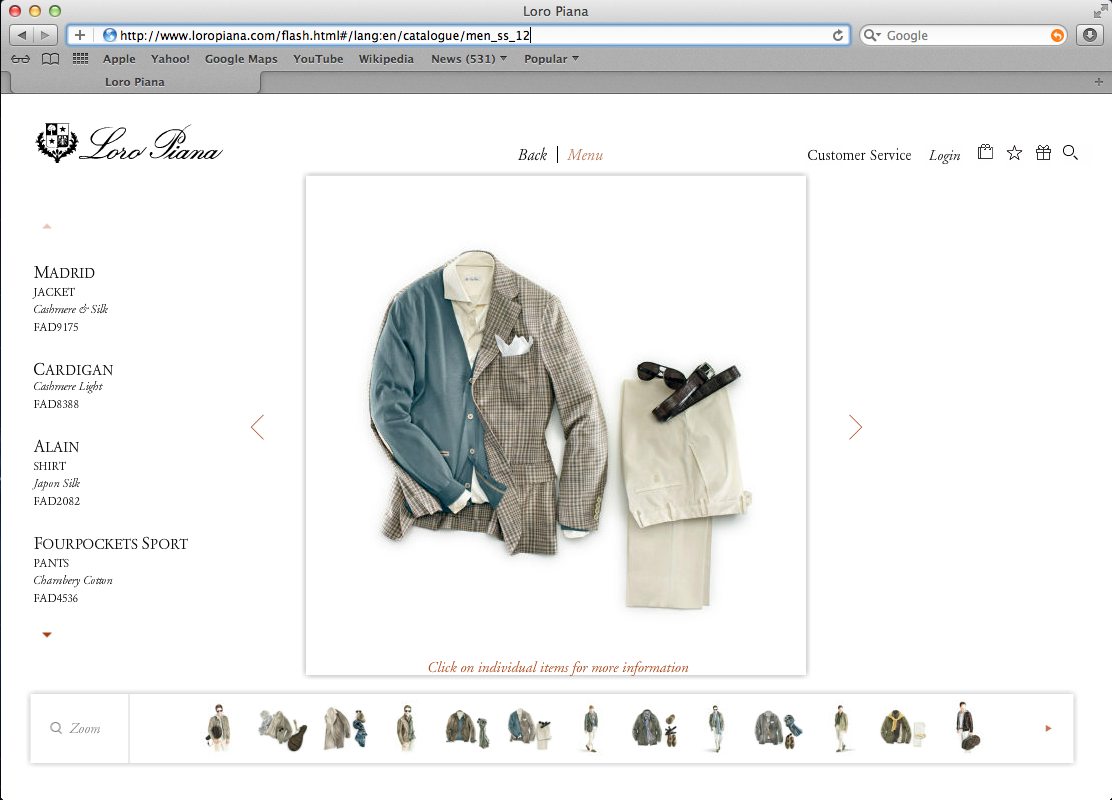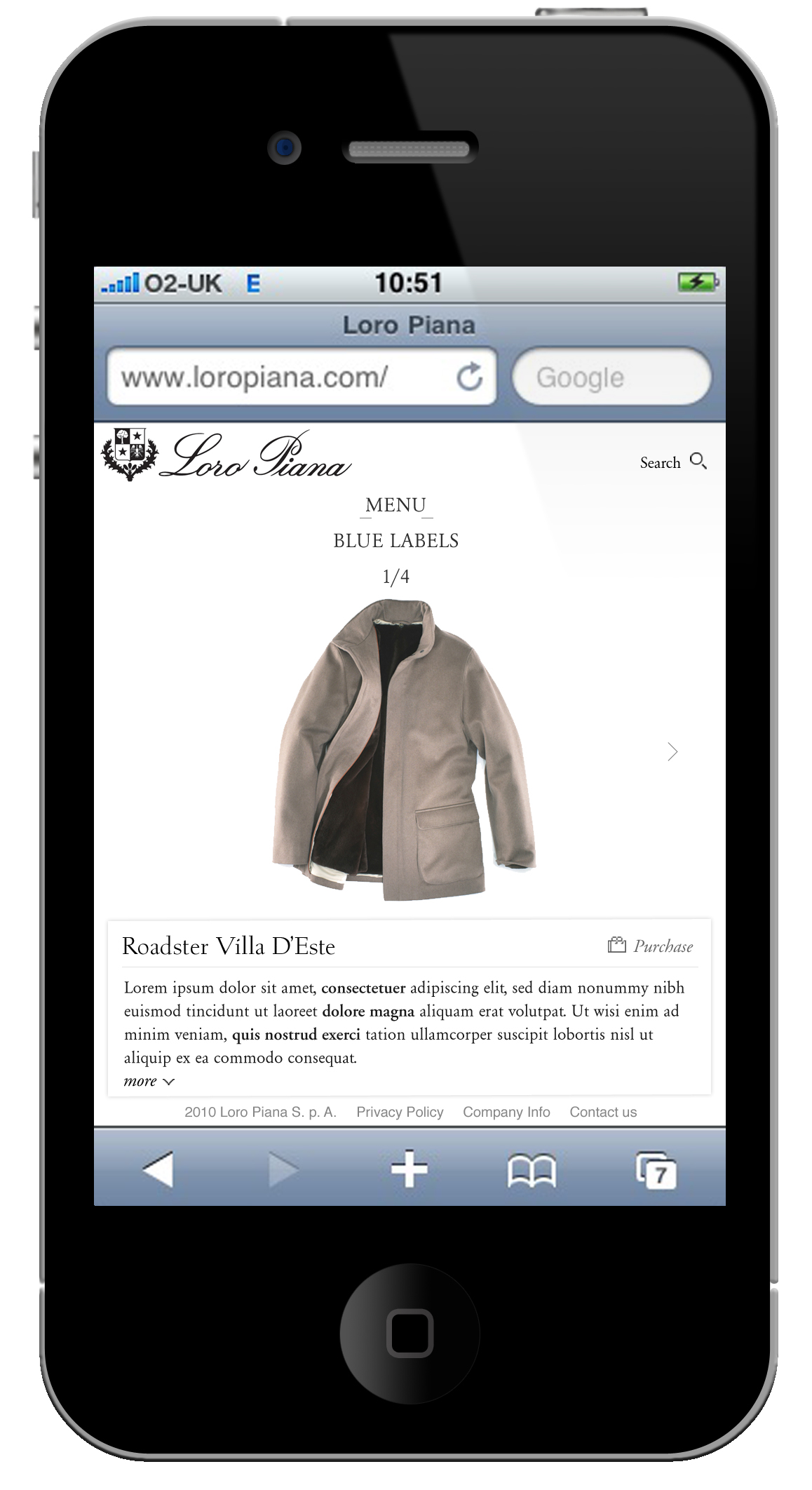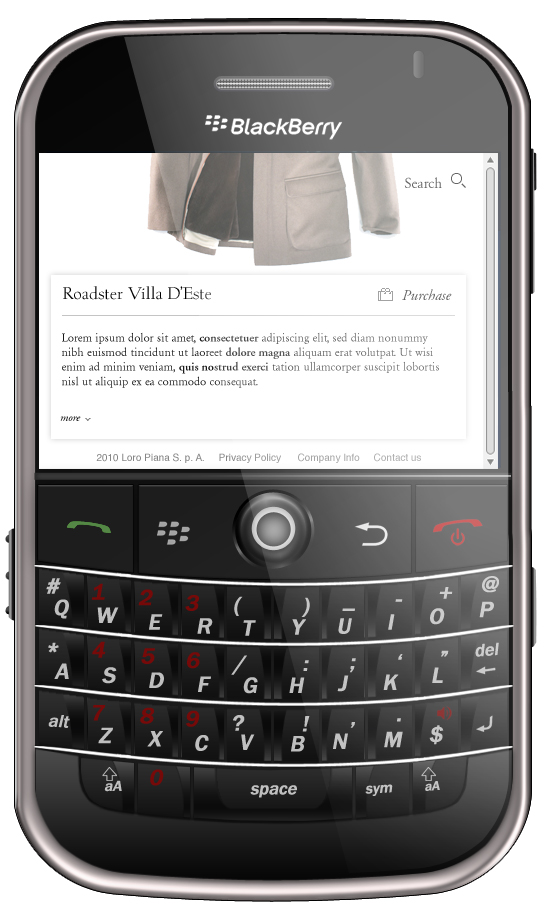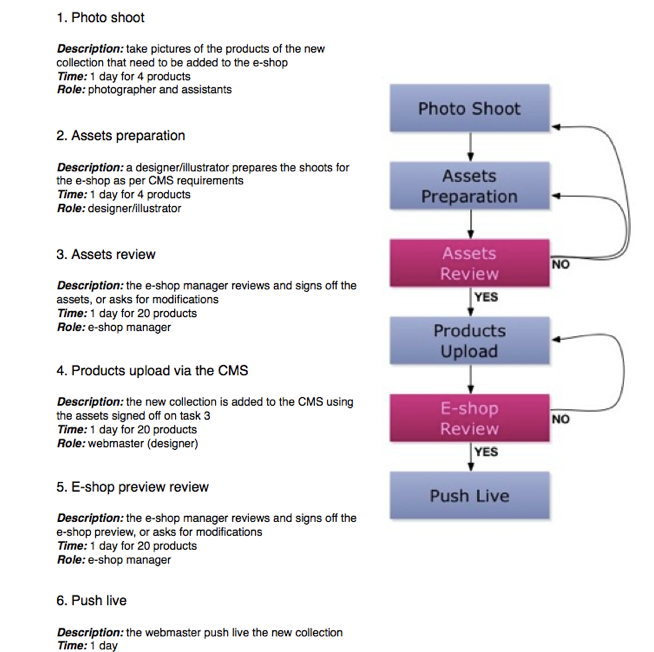
Loro Piana Case Study
The Brief
Loro Piana is an Italian luxury wear company that firmly believes in retail as the ideal way to reach its consumers.
They got in touch with UNIT9 to redesign their website and develop an integrated e-shop. However the main ambition for the the site was not primarily sales focused.
Unlike other companies, they are not driven by sales targets and increasing our customer base or brand awareness. Rather, they are driven by speaking to a very small subset of our best customers in their own language. This group is very private and they don’t mix with the crowd.
Although the internet is by definition democratic, the biggest challenge for the commissioned eshop was to exist in an open environment without democratizing the brand.
Goals to be Achieved:
[1] Extending brand presence online as real life presence extension reach its limit.
[2] Enhancing and improving the relationship with the top clients and seek out the younger version of them.
[3] Establishing a unique and innovative global online presence that accurately translates the brand.
[4] Using technology to better demonstrate and educate about our product offering.
[5] Developing useful and engaging services for LP most important customers.
[6] Delivering a coherent message about LP brand, products, and services globally.
[7] Creating stimulating dialogues with our most important customers – building an Loro Piana community.
[8] Ensuring a seamless interaction between virtual and physical stores so that customers receive superior service and have an optimal experience at every touch point with the brand.
From the Brief:
We tackled the brief by starting with a context analysis, where some of the main considerations had emerged:
E-commerce & Luxury
Technical e-commerce solutions are designed for mass audience (paypal, micro payments, etc..) and industrial volumes (catalog, categories, reference, etc…). More or less the opposite of luxury (Unique & Unclassified).
“People who bought this, bought this: i don’t want the same bag as you!”
Since shopping online looks like the image below; you have to know what you want.
Product vs Bespoke
To create an e-commerce presence for a luxury brand, it requires a real bespoke and craft approach to go through technical/products limitations and meet customer expectations/behavior. Also a clear understanding of existing internal IT (stock management, CRM, …) and internal logistic processed is a key element to extend strongly and durably the presence online. It is essential to involve company key players (marketing, IT, logistic) in order to drive the change successfully and make the most of it.
Aside technical requirements visual achievement and experience should meet luxury industry criteria. However the real challenge is to respect and understand the brand, making it stand up beyond trend of the moment. Visual maintenance is crucial as well like real life shop windows merchandising. No product really achieved such goals, only a bespoke approach can lead to this result. This is obvious in real life for flagship store, this feasible in digital, it’s all about getting the right people.
A great example is the Paul Smith Flagship Store, he didn’t do the decorative shopping at Ikea, he worked with an architect; The people need to be the point of focus:
The Concierge / Non-Concierge Approach
E-commerce presence should include and develop multiple approaches to appeal and talk to different audiences.
In this case there is the potential to address two very different kind of audiences: those who like being assisted and suggested by shop assistants and those who instead opt for online shopping in order to avoid the shop assistant.
The Concierge Approach
The concierge approach can be satisfied by developing a specific area the website. Sale assistant can register users in store via an iPad app, they can then share new items with their premium customers and send them clothes for trying.
Customers can reserve products via the Assistant’s iPad and can then be collected from any Store or delivered.
The Non-Concierge Approach
30% of online shoppers shop online because they can’t stand the shop experience (deal with shop assistant, the atmosphere, etc…), this is an opportunity to develop new customers. Copy and recreate the reality is not good enough, specific and new online behaviours need to be identified and fulfilled.
Mutiple Devices (iPad & Mobile):
Premium customers don’t have a dell laptop with windows 7. The Brand has to be where the people are!
The Technical Solution:
From the brief and the context analysis we identified the following challenges and solutions:
Challenge 1 – Extend e-commerce software to display and integrate products within visual and brand experience (no split between brand experience and shop area).
We opted for a flash solution for both website and eshop with integrated backend from Hybris platform.
The biggest challenge of building a corporate website in flash, with hundreds of pages and panels, is to eliminate memory leaks and ensure a smooth user experience during the whole time the user browses the site. In order to solve this problem we build an asset recycling system that re-uses each page and panel reducing object allocation to the minimum. The system we developed has proven stable and fast and allowed us to guarantee a comfortable experience even on low-end machines.
Challenge 2 – Integrate e-commerce software with client existing IT (oracle, IBM, …)
Backend integration posed a big challenge for the technical team; Loro Piana already had his own order and stock management system so the backend team developed a layer on top of the existing system in order to make the frontend aware of stock changes and product availability and pricing.
This middle-layer, based on the Hybris platform, is able to fetch data from the Loro Piana stock management system and pass it to the frontend, it manages the shopping cart and performs all the necessary task and check required to buy from the site.
Challenge 3 – Create a multimedia CMS to manage brand experience (home scenes, hotspots).
The Visual CMS system manages all the aspects of the site that are not directly related to products such as “Home Scenes”, “Hotspots”, catalogs, language localizations, etc.
We developed a Visual CMS system based on the Adobe Flex framework in order to allow the client to change all the visual elements in the site: in order to do so we save the configuration on XML files that the Frontend reads. A staging system was developed in order to test the changes and the frontend site is able to operate in a “staging” mode so that the client can review every detail before publishing the changes.
Challenge 4 – Develop all bespoke applications and software extensions using industry standard to facilitate the maintenance (web services, xml, localisation, … ).
Challenge 5 – Overall security and performance
Security was also a big concern: each backend service that exposes sensible data for the user is called through the HTTPS protocol and the payment process has been thoughtfully tested in order to guarantee maximum security for the user.
Challenge 6 – Handover a full solution including product cycle to be maintained by Loro Piana staff including new hiring and training.
Challenge 7 – Provide an hosting architecture allowing to provide a great user experience within the US and Asia (CDN).
The Creative Solution
The clients wanted an interesting and informative way of showcasing their products. They also wanted to get across the technical details of many of the products, and for some of the products the history and story of their creation.
We aimed to showcase the products as clearly and cleanly as possible, focusing the viewer on the products themselves, and not their environments or on models. This lead to an execution where, largely, the only photographic elements are the products themselves, models and environments being replaced by illustration and animation.
The Illustration, animation and environments needed to reflect Loro Piana’s customers life style, and close attention was paid to these details, drawing on real life reference and Loro Piana’s extensive connections to high society?…(What? All their sailing, cars shows, polo teams etc).
Stop motion was used to show a large number of the products, as this allowed us to show the many details of each product, while allowing for movement and control. For many of them it also allowed us to leave the model out of the equation.
This combination of animation and illustration added a lightness of touch and a level of craftsmanship, which is intended to reflect the care and craft with which Loro Piana’s products are produced.
Credits
-
Division
-
Agency
-
Brand
-
Creative Director
-
Creative Director
-
Interactive Producer
-
Interactive Producer
-
Interactive Producer
-
Interactive Producer
-
Interactive Producer
-
Interactive Producer
-
Project Manager
-
Project Manager
-
Designer
-
Illustrator
-
Illustrator
-
Technical Director
-
Motion Graphics
-
Motion Graphics
-
Motion Graphics
-
Motion Graphics
-
Development
-
Development
-
Development
-
Development
-
Development
-
Development
-
Development
-
Development
-
Sound Design
-
Copywriter
-
Photography
-
Video Editor
-
Live Action Partner
-
Production Company
-
Tech Lead
-
Technology
-
Platform
-
Kind
-
Industry
-
Target Market
-
Release Date
2014-09-02

